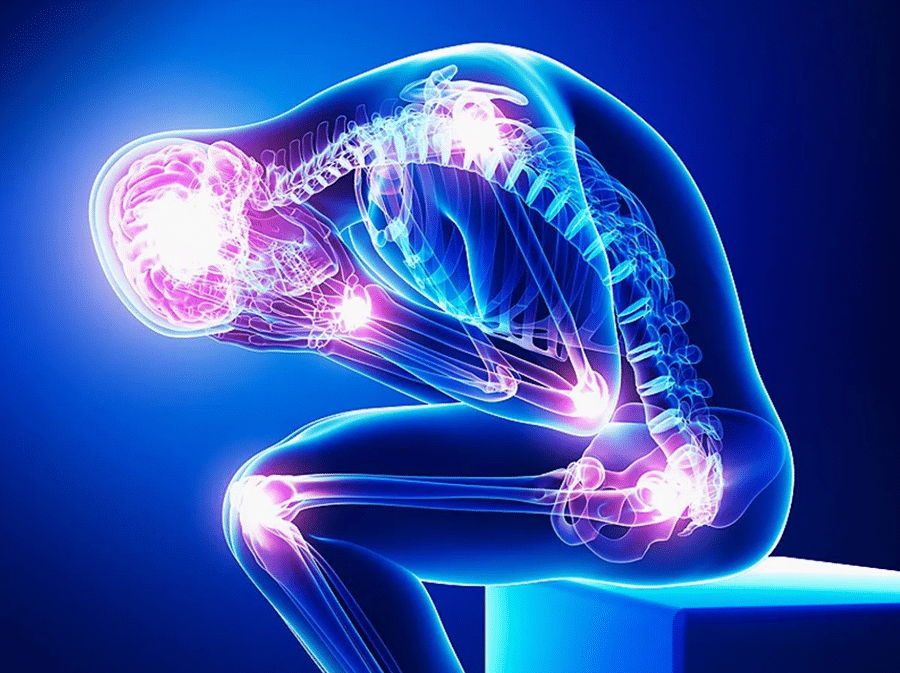When you see a doctor get your blood pressure checked, he will give the systolic and diastolic readings using a machine. When the heart muscles contract, where is the pressure developed in the arteries. This reading is the systolic blood pressure. When the heart muscles lie between the beats, it is known as diastolic blood pressure.
If you need to determine the state of your health, you need to understand these numbers. When the digits exceed the ideal range, it indicates that your heart needs to work very hard to pump blood into the body. It is vital to have a healthy heart. This article brings you all you need to know about blood pressure readings.
Contents
- Normal Blood Pressure Readings
- What is High Blood Pressure?
- What is Low Blood Pressure?
- How to Keep Your Heart Healthy?
- Reduce The Intake of Caffeine
- Reducing the Intake of Sodium
- Keep Your Weight Healthy
- Daily Exercise
- No Alcohol and Smoking
- Normal Blood Pressure Ranges
- Elevated Blood Pressure
- Stage 1 of Hypertension
- Hypertension Stage 2
- Hypertensive Crisis
- Related
Normal Blood Pressure Readings
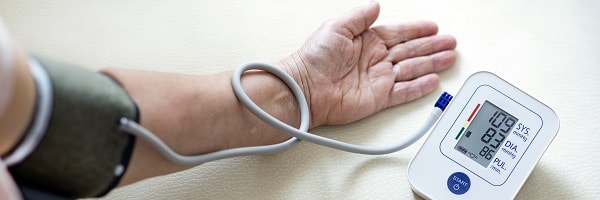
Your heart should stay healthy. The blood pressure readings measured in millimeters of mercury should be between 90 and 120 for the top number, systolic blood pressure, and 60 to 80 for the bottom number, the diastolic blood pressure. To keep your heart healthy uniform, maintain a healthy weight and a healthy lifestyle. One also needs to stay away from hypertension and do regular exercise with a proper diet. Hypertension runs in the family history; you should be mindful and cautious of your lifestyle.
What is High Blood Pressure?

If the blood pressure readings exceed 120/80 mm Hg, you need to become alert and begin with healthy habits to keep your heart healthy. You should know that you have elevated blood pressure when the systolic blood pressure lies between 120 and 129 mm Hg and the diastolic blood pressure is lower than 80 mm Hg. These levels indicate that your blood pressure has exceeded the normal blood pressure ranges, and you need to take care of yourself.
If you stay at high blood pressure for a long time, you develop a stroke and heart attack risk factor. One may not take medications at a young age. Exercise and a balanced diet are enough to lower blood pressure and bring it into healthy blood pressure ranges. It will prevent your high blood pressure levels from turning into hypertension and other health problems.
What is Low Blood Pressure?
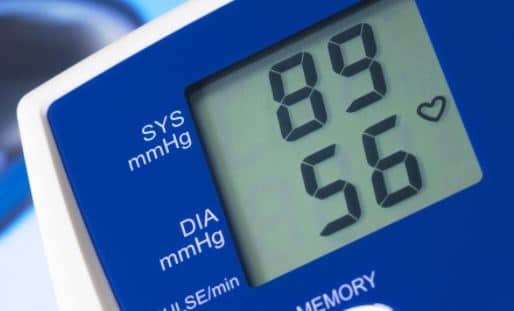
Hypotension or low blood pressure is found in adults. The blood pressure readings are below 90/60 mm Hg. Your heart and body are not receiving enough oxygenated blood in this case. Hypotension is a dangerous condition and needs to be brought into normal blood pressure levels. There are various causes of low blood pressure levels.
Endocrine problems, heart problems, pregnancy, dehydration, blood loss are among the reasons why your top number may go below 90 and bottom number below 60. Others include certain medications, anaphylaxis, severe infection (septicemia), and malnutrition. You may also face dizziness and lightheadedness when the systolic and diastolic blood pressure goes below the normal range. You may consult a doctor and get the right treatment for low blood pressure.
How to Keep Your Heart Healthy?

If your blood pressure does not stay in the normal blood pressure range, you need to take some measures to avoid the risk factor for heart attack, stroke, heart disease, and hypertension. For people of 50 years and above, the systolic blood pressure begins to rise.
So it is important to take preventive measures and avoid heart problems like coronary heart disease. Other problems like kidney diseases and diabetes are also a result of high blood pressure. You may consult a doctor if the levels exceed beyond control. But here are the best ways in which you can keep your heart healthy and stay fit.
Reduce The Intake of Caffeine

If your blood pressure does not lie in the normal blood pressure range, you need to see a doctor and check if you are caffeine sensitive. Then you may need to reduce your regular intake of caffeine and related products.
Reducing the Intake of Sodium

If you are sensitive to sodium and its products, you should not consume high sodium quantities in a day. If you have a hypertension problem, the sodium quantity should not exceed 1500 mg in a day. You may do this by avoiding adding salt to your fruits and other foods. Also, avoid having processed foods as they may contain high amounts of sodium and fat.
Keep Your Weight Healthy

You need to make sure that your weight is healthy. You also need to maintain it and lose weight if required. Even if you reduce the body weight by 10 pounds, it can affect your blood pressure readings.
Daily Exercise

Exercise is a vital key to avoid heart attack and stay in healthy blood pressure ranges. If you exercise for some hours on Sundays, you can change to 30 minutes of exercise daily. Yoga will avoid the risk of developing serious illnesses and hypertensive crises in the body.
No Alcohol and Smoking

You may also need to reduce the intake of alcohol in your life. If your blood pressure levels stay high, you need to give up alcohol for a healthy lifestyle. One also needs to stay away from smoking and quit if necessary. It is because alcohol and smoking can cause various illnesses apart from a heart attack and swelling of blood vessels in the body.
Blood Pressure Ranges
The American Heart Association gives five ranges of blood pressure. These are as follows:
Normal Blood Pressure Ranges
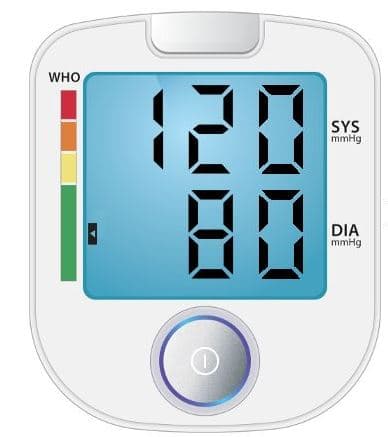
If the blood pressure ranges from 120 to 80 mm Hg, it is believed to be normal. However, you must take a healthy diet and regularly maintain normal levels and keep your heart healthy.
Elevated Blood Pressure

The blood vessels face a risk of developing high blood pressure from 120 to 129 systolic number range and the diastolic blood pressure for more than 80 mm Hg. You need to do regular exercise and maintain a balanced lifestyle to keep the blood pressure levels under control.
Stage 1 of Hypertension

When the systolic blood pressure ranges from 130 to 139 mm Hg and the diastolic blood pressure 80-89 mm Hg for a long period, it is known as the first hypertension stage. In this case, you may see a doctor hand bring changes to have a healthy lifestyle. He may also recommend some medication to avoid stroke, heart attack, and other cardiovascular diseases.
Hypertension Stage 2
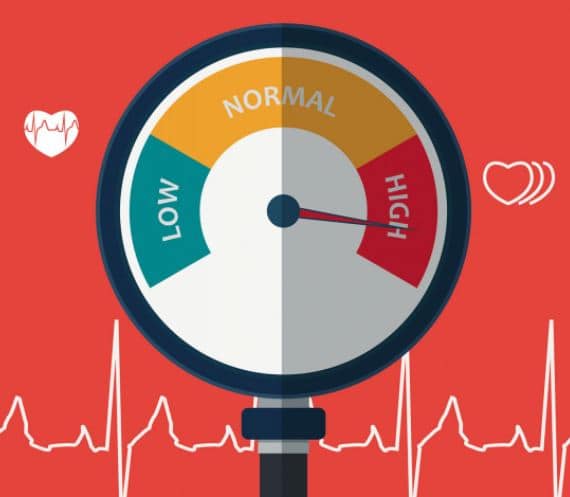
When the systolic number stays around or higher than 140 mm Hg and diastolic blood pressure stays near or more than 90 mm Hg, it is known as Hypertension Stage 2. Doctors will recommend you have a healthy lifestyle, take medication on time to stay away from heart attacks, and swell blood vessel problems.
Hypertensive Crisis

If you face excessively high blood pressure, it is called a Hypertensive crisis because the systolic and diastolic blood pressure ranges are higher than 180 and 120 mm Hg, respectively. The good part is you can test your blood pressure at home, so check it after 5 minutes of high reading to see if it’s normal. You need to see a doctor if the high range persists. One should call 911 if there are associated problems like back pain, chest pain, difficulty speaking, and vision change.
Conclusion
This article has been a complete guide to understanding blood pressure and the complications associated with systolic and diastolic imbalance. So, now that you know it all ensure to be aware of the top and the bottom number and choose a healthy lifestyle with a balanced diet to stay fit and avoid all health problems.


